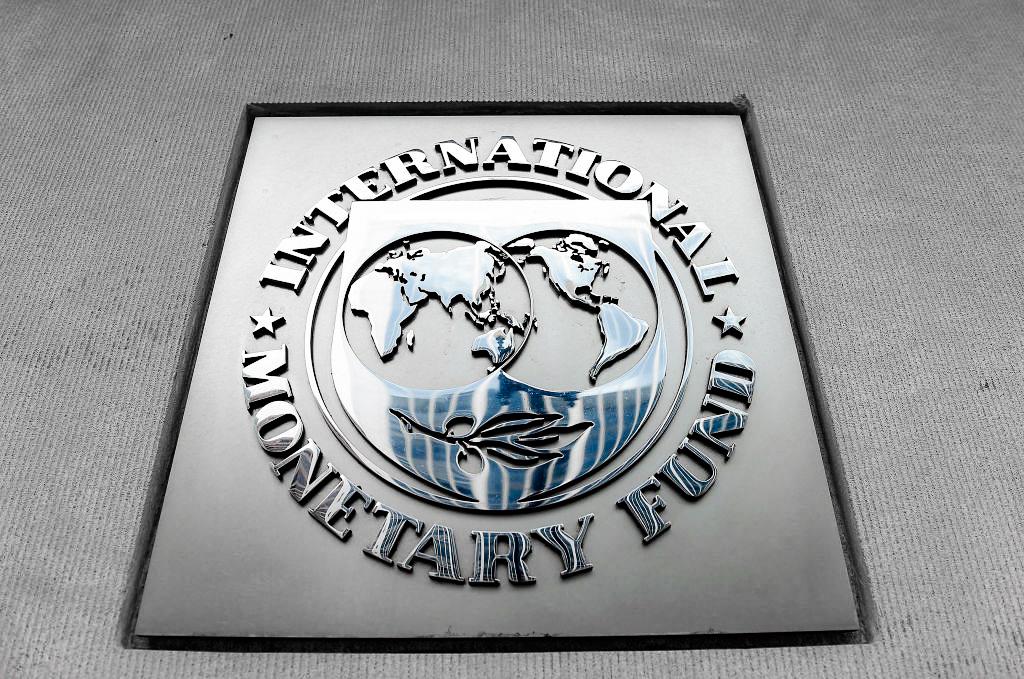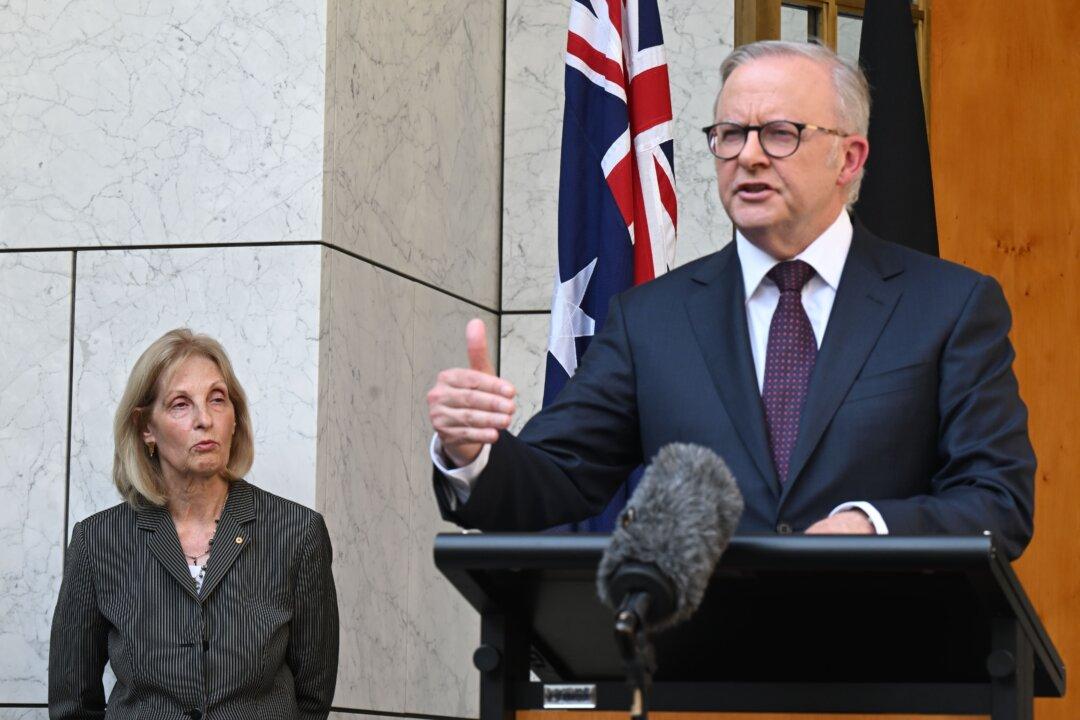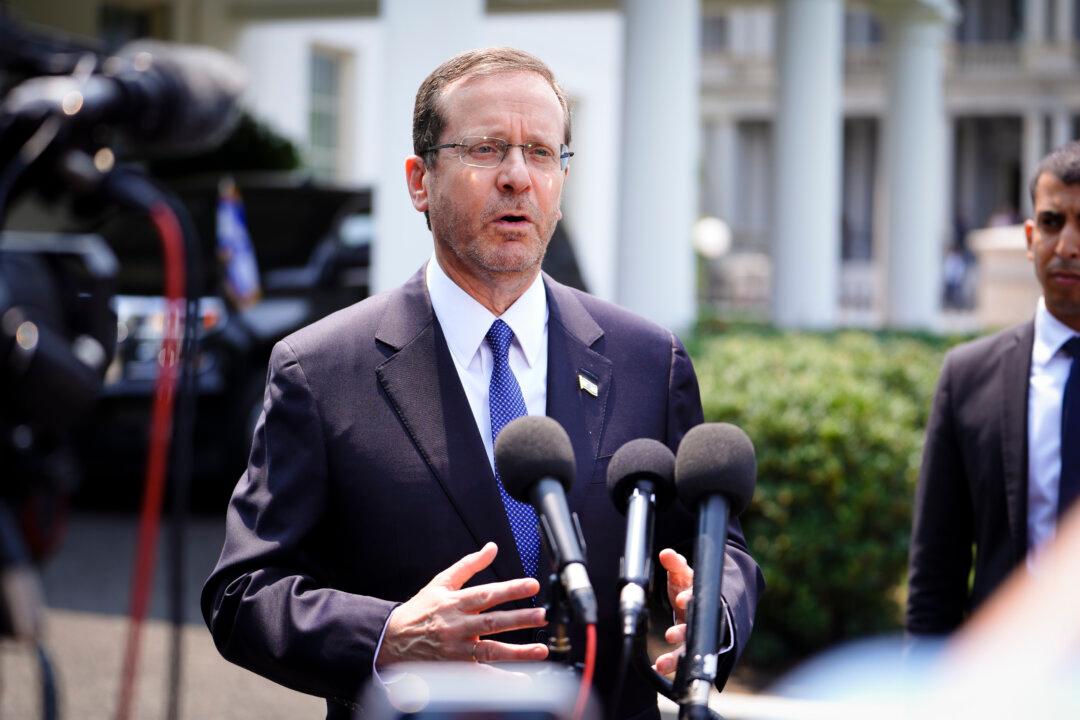Australia is poised to record the second-highest inflation rate among advanced economies next year, according to projections from the International Monetary Fund (IMF).
This sharp forecast comes despite global inflation easing in many other countries, underscoring Australia’s unique economic challenges.




